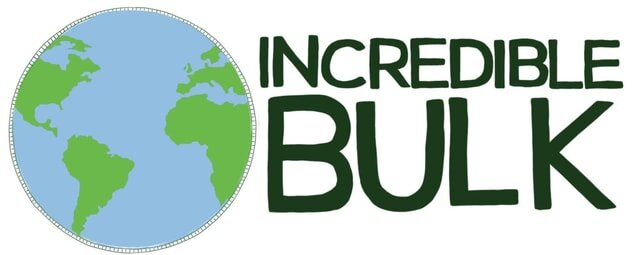Did you know you can recycle anything with a plug, battery or cable?
International E-Waste Day is here to highlight our ‘invisible’ electronic waste. A yearly event to encourage us to rummage through our drawers, cupboards and attics and look to recycle our old electronics into something useful.
E waste is one of the fastest growing waste streams. According to the UN, 8 kg of e-waste per person will be produced worldwide in 2023. This means 61.3 million tonnes of electronic waste discarded within a year - more than the weight of the Great Wall of China. Only 54% of e-waste is officially reported as collected and recycled and the lack of public awareness is preventing countries from developing circular economies for electronic equipment.
Invisible e-waste refers to electronic waste that goes unnoticed due to its nature or appearance, meaning its recyclable potential is often overlooked. Some examples that you’ll likely to find at home are: electric and electrotonic toys, e-cigarettes, power tools, smoke detectors, wearables, smart home gadgets, e-bikes and e-scooters or simply cables. A study in 2022 showed that of the 74 average total e-products in a household 13 are being hoarded (9 of them unused but working and 4 broken). Small consumer electronics and accessories (such as headphones and remote controls – often not recognised as electronic items) rank top of the list of hoarded products. If these gadgets remain in drawers and cupboards, the valuable resources they contain cannot re-enter the manufacturing cycle and are lost meaning that precious virgin resources continue to be used to create new products. In the UK discarded or hoarded household electricals cost the economy £370 million per year of lost valuable raw materials such as gold, copper, aluminium and steel.
There is now also the issue of ‘fast-tech’, seen as the new ‘fast fashion’. Cheap, everyday electricals that often have a short lifespan – meaning they may be seen as disposable even when they’re not. In the UK 1 fast-tech item is bought every 16 seconds. Almost half a billion FastTech items were thrown away last year, and a shocking 90% of them were discarded soon after being bought. From fairy lights and fans, to handheld vacuums and single-use vapes – inside every one of those products are valuable materials that could have been recovered and reused.
Batteries are also an issue with 123 tonnes of batteries thrown away each year in Cornwall. This is around 5.35 million batteries, approximately 20 thrown away per year in each of Cornwall’s 270,000 households. Batteries can cause problems when processed with rubbish through the Cornwall Energy Recycling Centre. They are also poisonous to our natural environment so proper care is needed when they’re no longer needed. With batteries we should be looking to reduce our need, using items that can be recharged rather than items that require replaceable batteries. Or if you need to use replaceable batteries then look to invest in rechargeable ones, saving money and helping the environment.
Lets use International E Waste Day as an opportunity to have a big clear out and put those resources back into the system! Head to Recycle Your Electricals to find your nearest donation and recycling points if you’re unsure of where to go.
In Cornwall you can take your electrical items to your local Household Waste and Recycling Centre (HWRC). Examples of items you can recycle at an HWRC are:
Kettles and other kitchen electrical appliances
Broadband routers
VHS/DVD players
Old computers and laptops
Games consoles
Digital cameras
Electric toothbrushes
Children’s toys
Mobile phones
Batteries
Can’t get to a recycling centre? WeeeCharity recycle new, used, non working and broken electrical items and offer a collection service. And Cloud 9 offer a free collection recycling scheme for unwanted hair styling tools.
Also don’t forget that you can head to a local repair cafe to try to fix any electricals that have stopped working, meaning you don’t need to buy new and can save precious resources.
Read more about International E Waste Day
Recycle Your Electricals
Cornwall Council Electronic Waste Info
You may also want to watch:
Welcome to Sodom : The worlds largest electronic waste dump. Vimeo link to stream.
You may also want to read:
Recycling Facilities in Cornwall
Why Refuse, Reduce and Reuse come before Recycling
Back to Blog homepage






